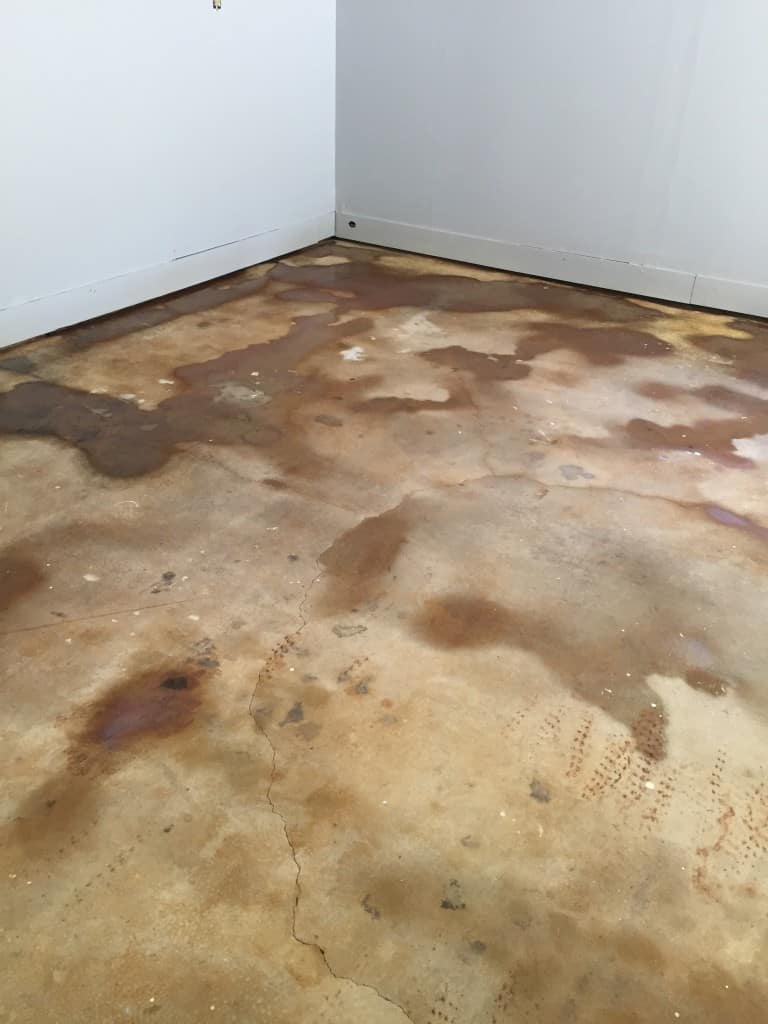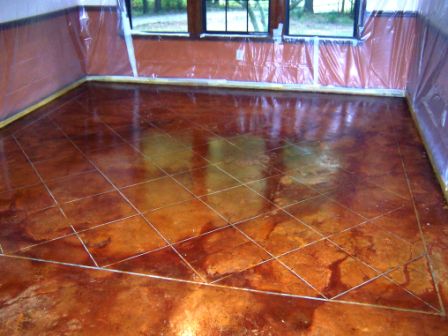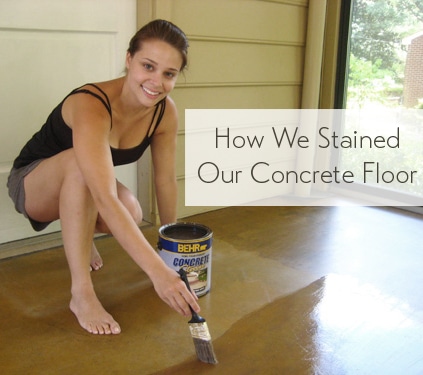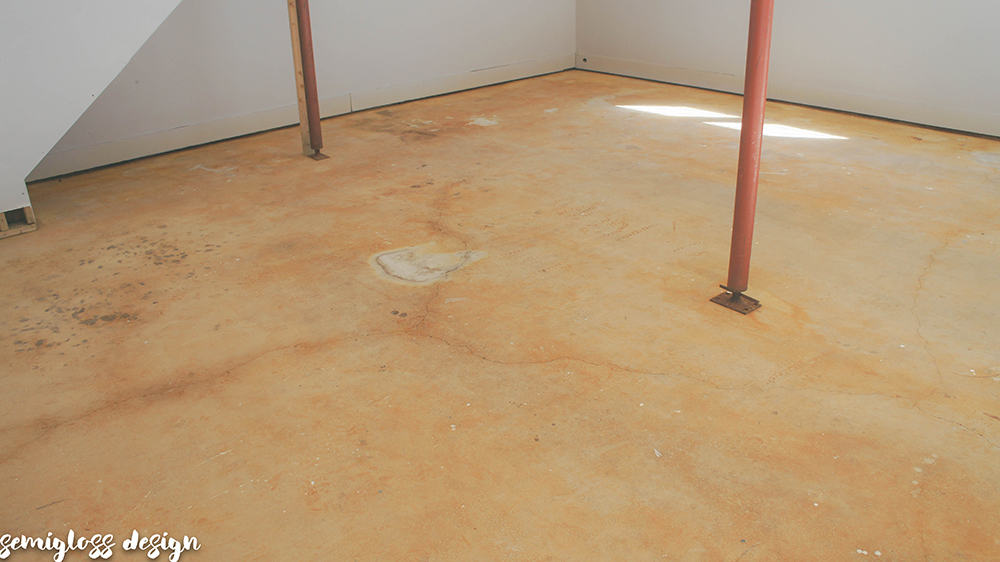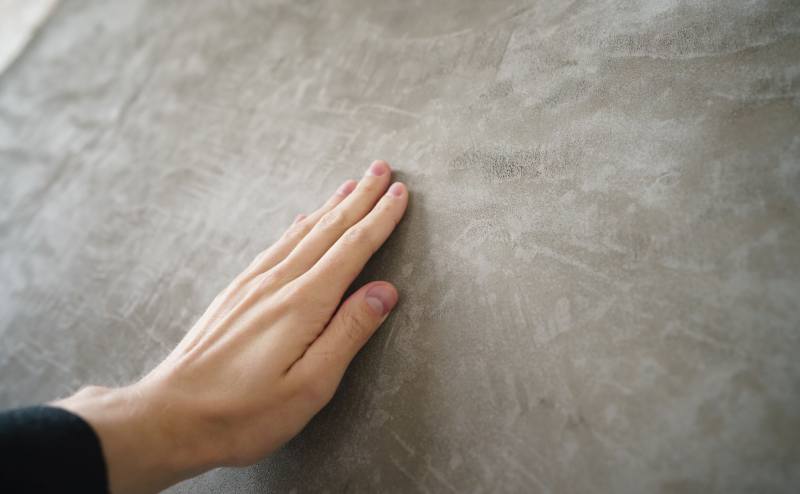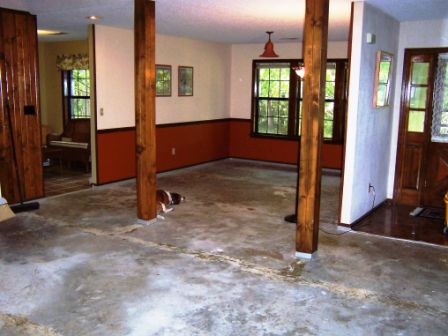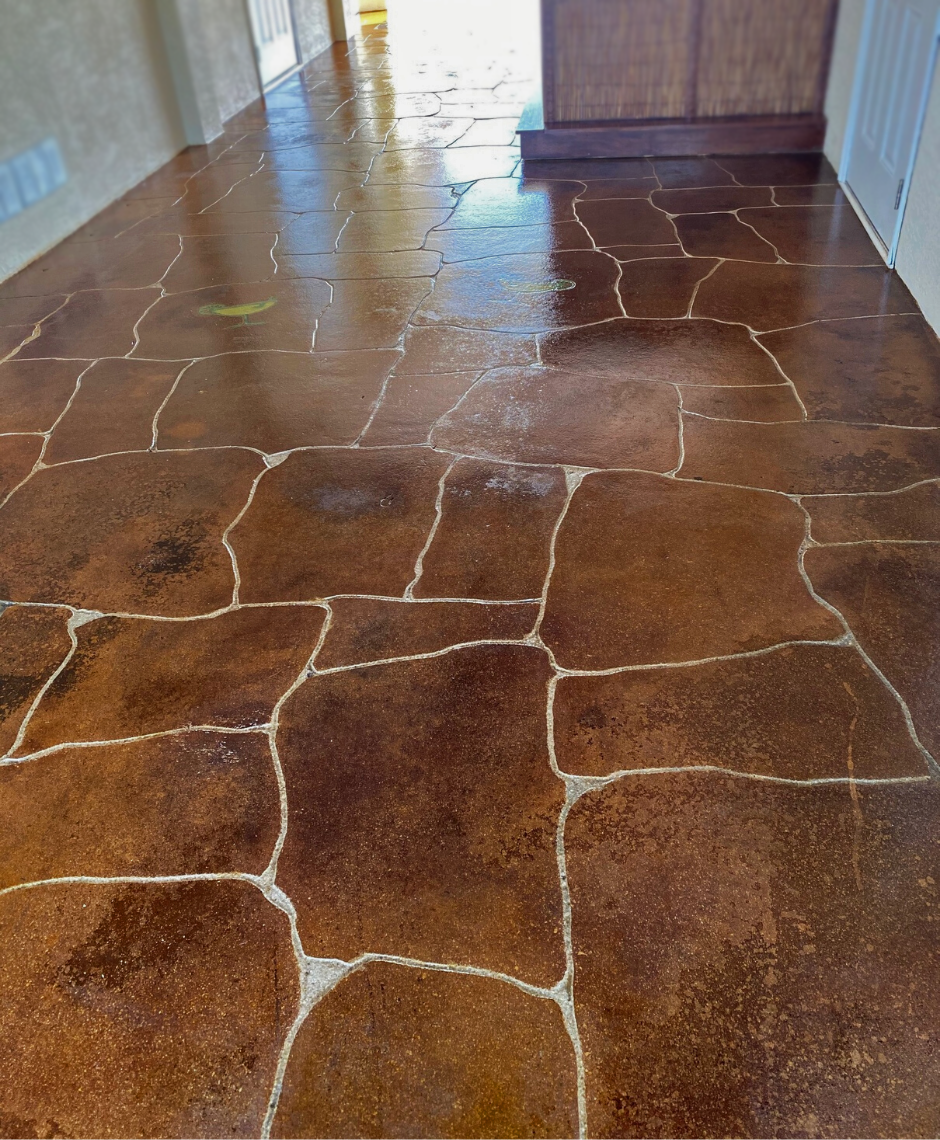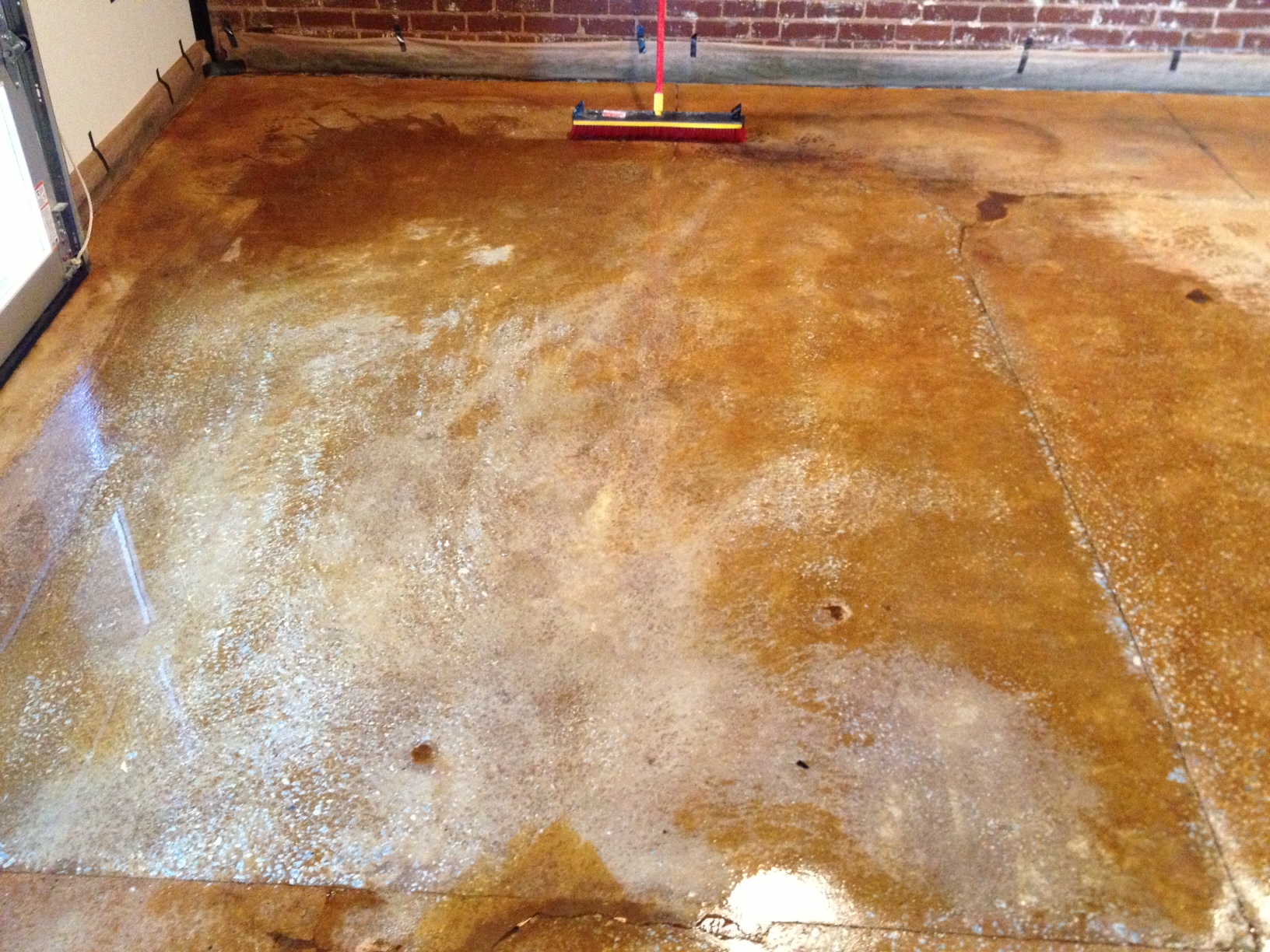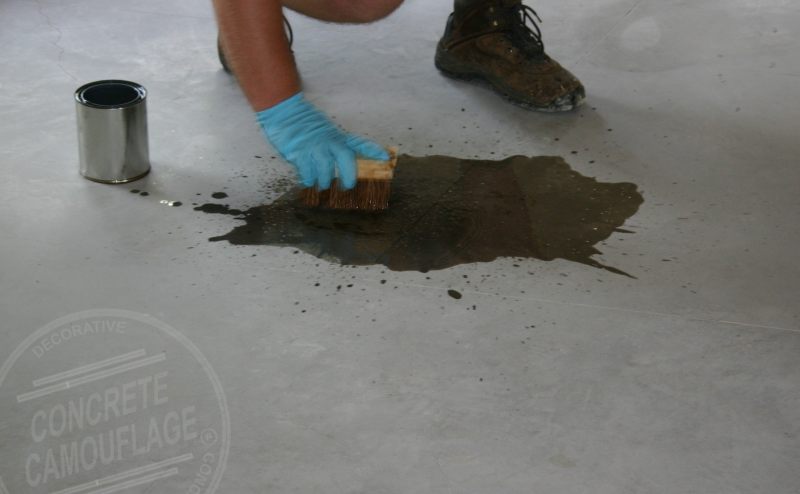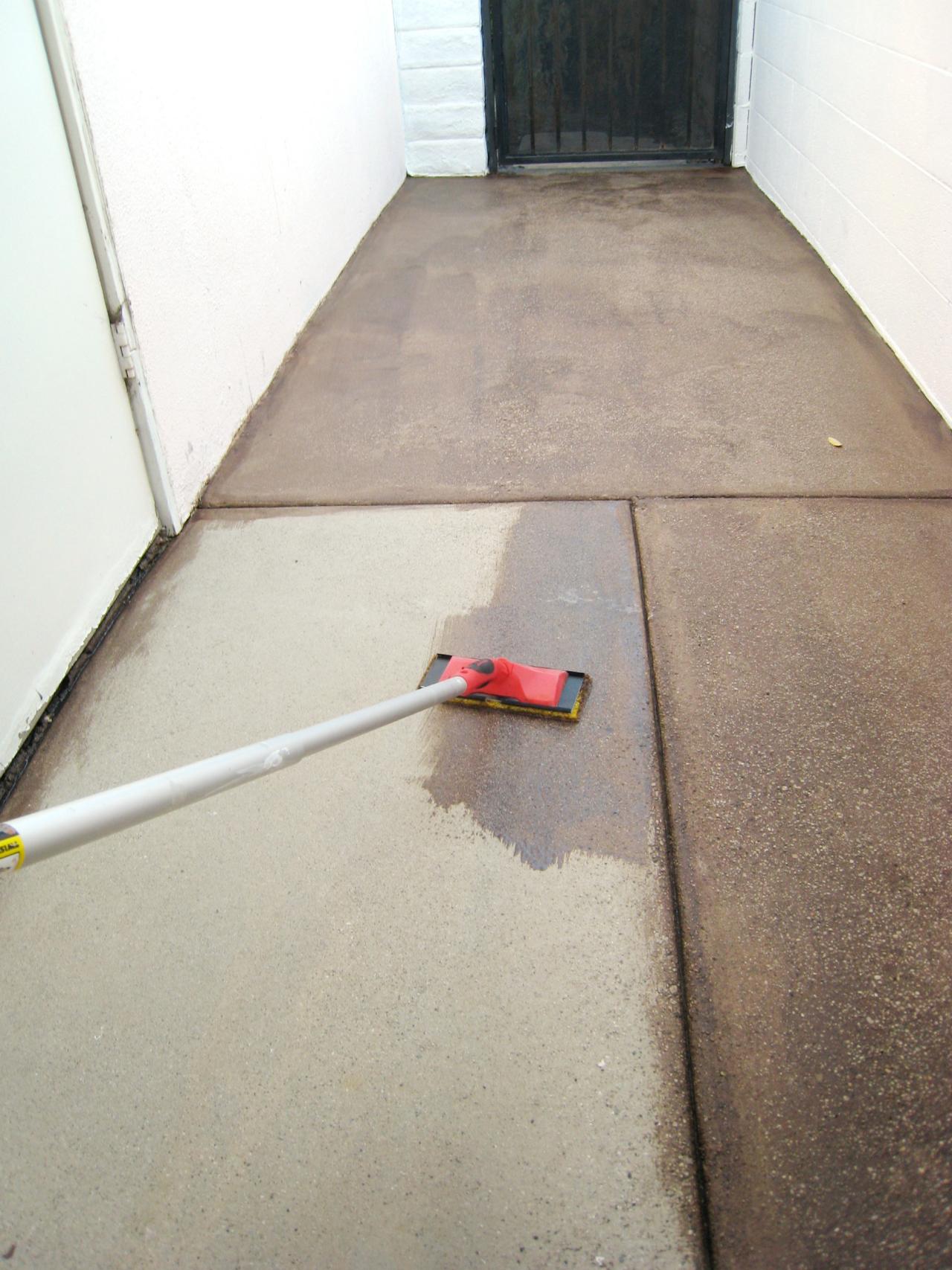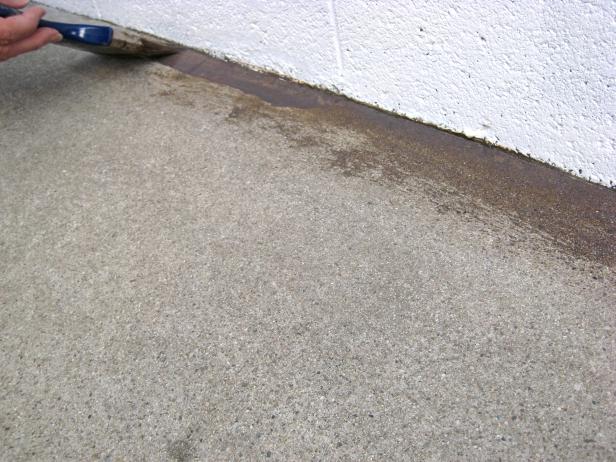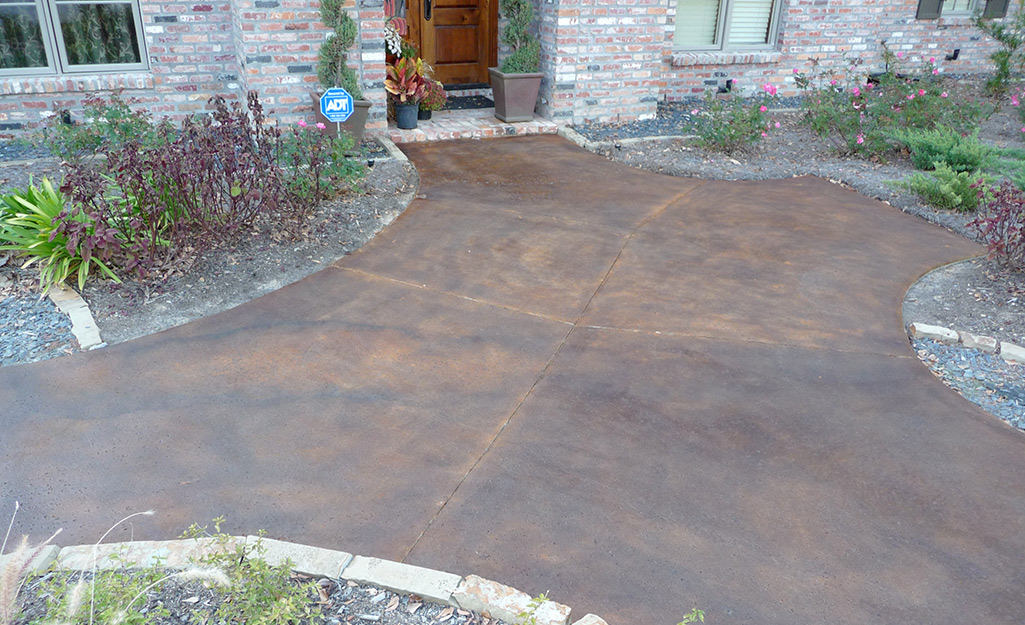Staining an old concrete floor can breathe new life into a space, giving it a fresh and modern look. Begin by thoroughly cleaning the floor to remove any dirt, grease, or debris. Use a concrete cleaner and a stiff-bristle brush to scrub the surface, then rinse with clean water. Allow the floor to dry completely. If the concrete has any cracks or imperfections, fill them with a concrete patching compound. This preparation ensures that the stain adheres properly and results in a smooth, even finish.
Next, choose a high-quality concrete stain that suits your desired color and finish. Acid-based stains react with the minerals in the concrete to create a unique, variegated effect, while water-based stains offer a more uniform appearance. Before applying the stain, protect adjacent surfaces with painter’s tape and plastic sheeting. Pour the stain into a sprayer or paint tray, and apply it evenly using a pump sprayer, roller, or brush. Work in small sections to ensure even coverage and avoid lap marks.
Allow the stain to penetrate and react with the concrete for the recommended time, usually between 4 to 24 hours, depending on the product. During this period, the color will develop and become more vibrant. After the stain has set, neutralize any remaining acid residue by applying a mixture of water and baking soda or a concrete neutralizer. Scrub the surface with a brush, then rinse thoroughly with clean water. Allow the floor to dry completely before proceeding to the next step.
Once the floor is dry, it’s time to apply a sealer to protect the stained surface and enhance its appearance. Choose a sealer that is compatible with the type of stain you used, such as an acrylic, epoxy, or polyurethane sealer. Apply the sealer evenly using a roller or sprayer, following the manufacturer’s instructions for drying times and recoat intervals. The sealer will create a durable, protective layer that prevents stains, water damage, and wear, ensuring your newly stained floor remains beautiful and easy to maintain.
Finally, after the sealer has fully cured, you can enjoy your transformed concrete floor. Regular maintenance, such as sweeping and occasional mopping with a pH-neutral cleaner, will keep it looking its best. Avoid using harsh chemicals or abrasive cleaning tools, as they can damage the sealer. By following these steps, you can achieve a stunning, long-lasting finish that revitalizes your old concrete floor and adds a touch of sophistication to your space.
How To Stain Old Concrete The Complete Guide
How To Stain Old Concrete The Complete Guide
How To Stain Old Concrete The Complete Guide
How to Acid Stain Old and Damaged Stained Concrete Floors
Fixing Concrete Stain Problems DIY Projects
How To Stain Old Concrete The Complete Guide
How to Stain Concrete Floors Tips for Staining Concrete Floors
How to Stain Concrete Floors Tips for Staining Concrete Floors
How to Stain Concrete – The Home Depot
Related Posts:
